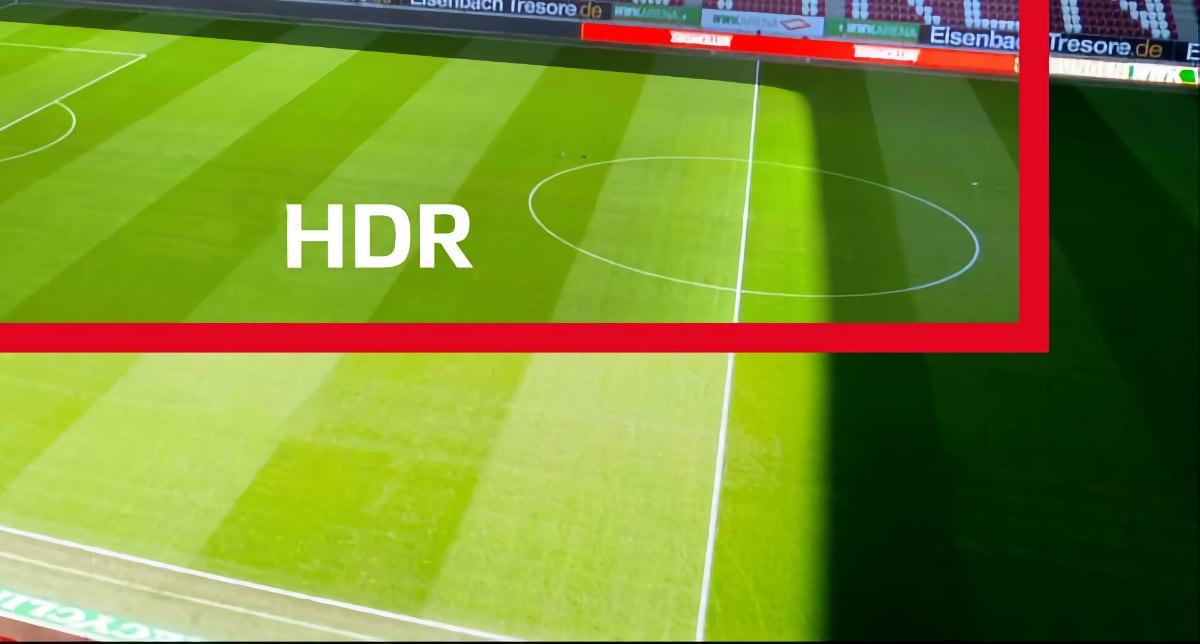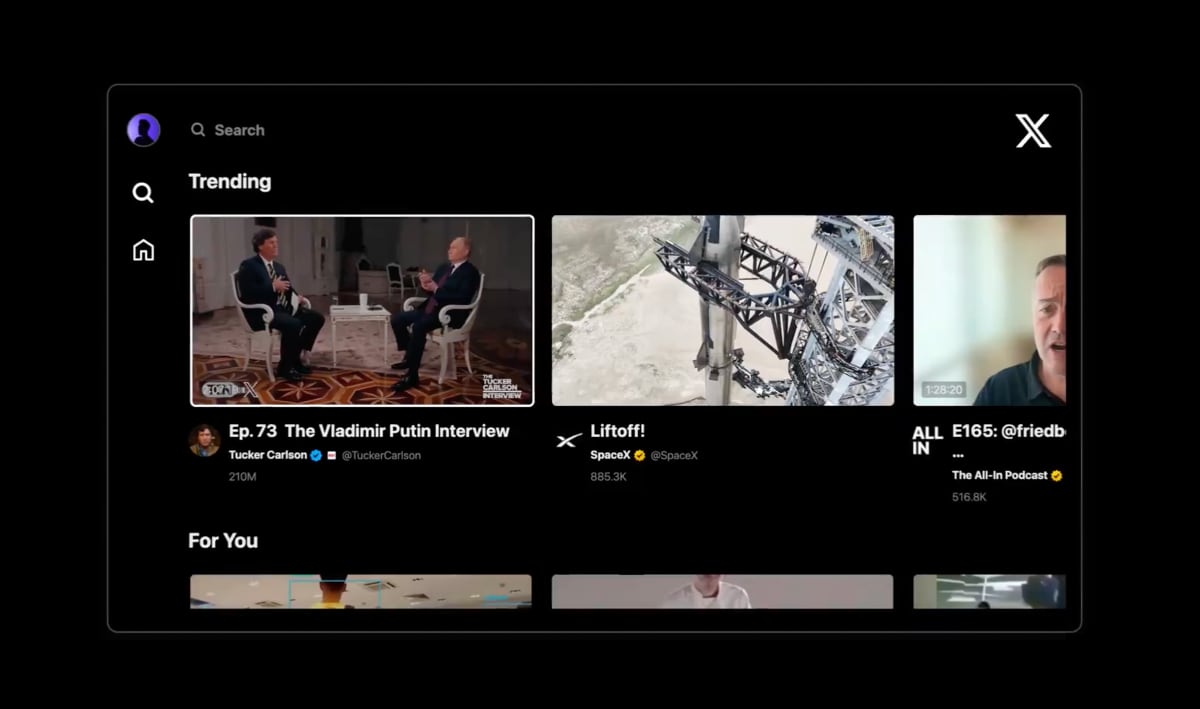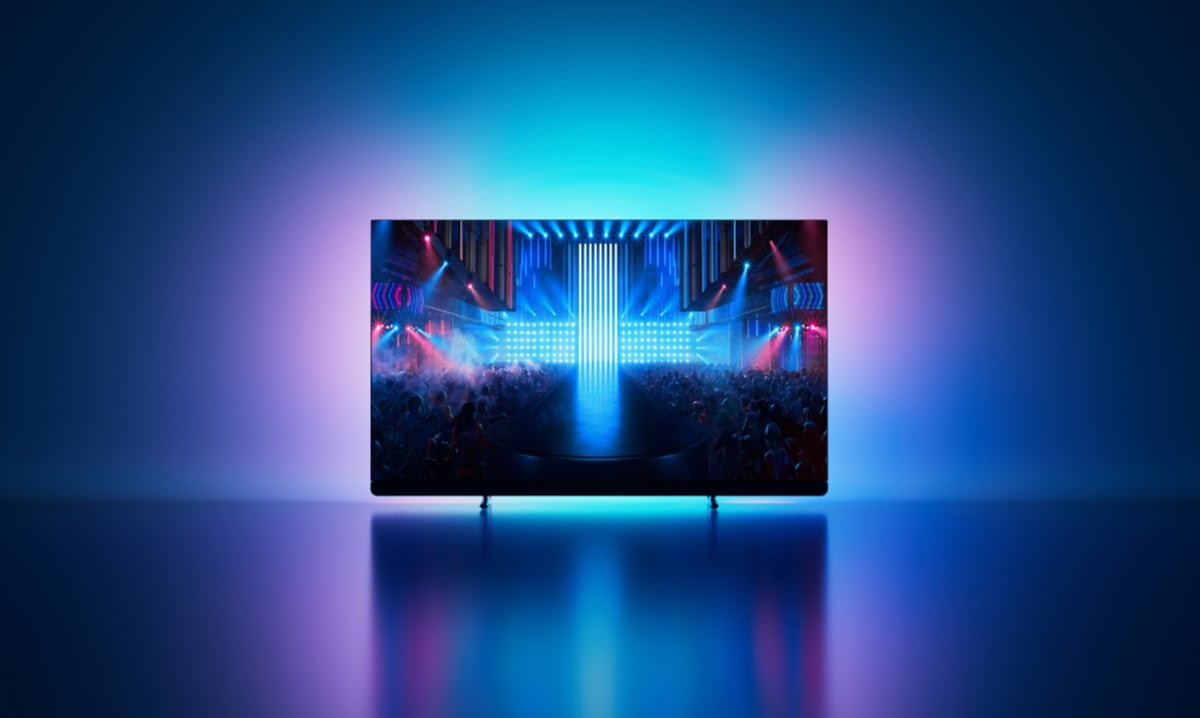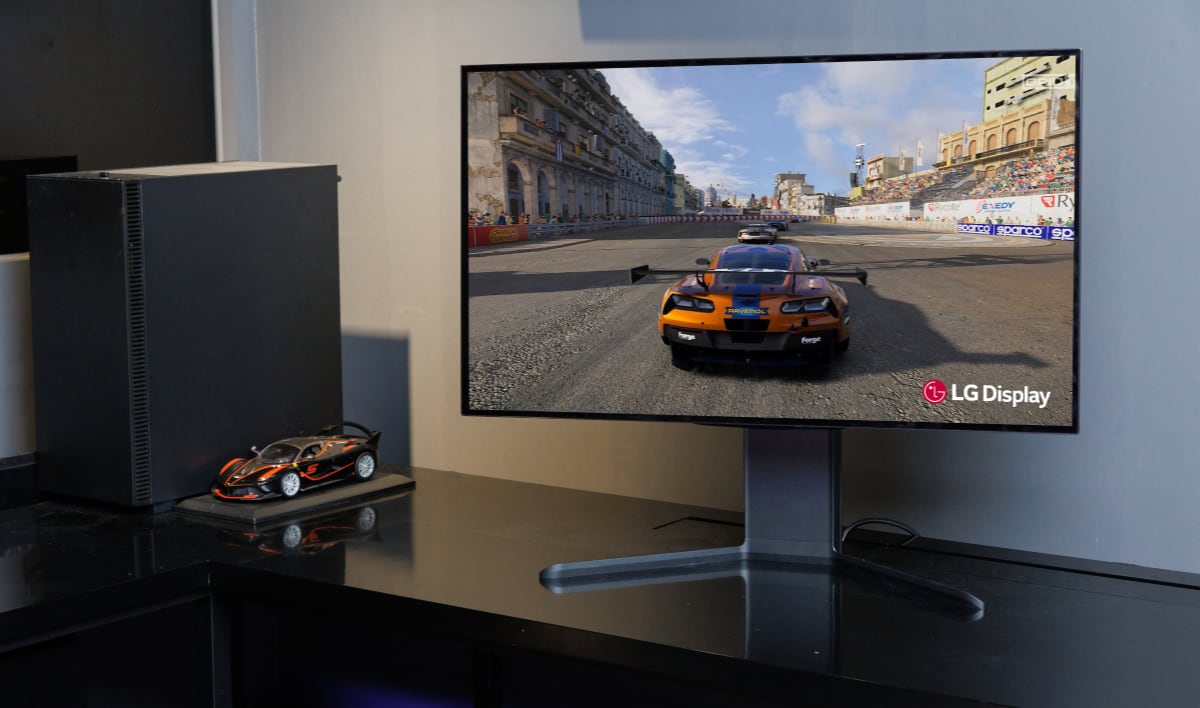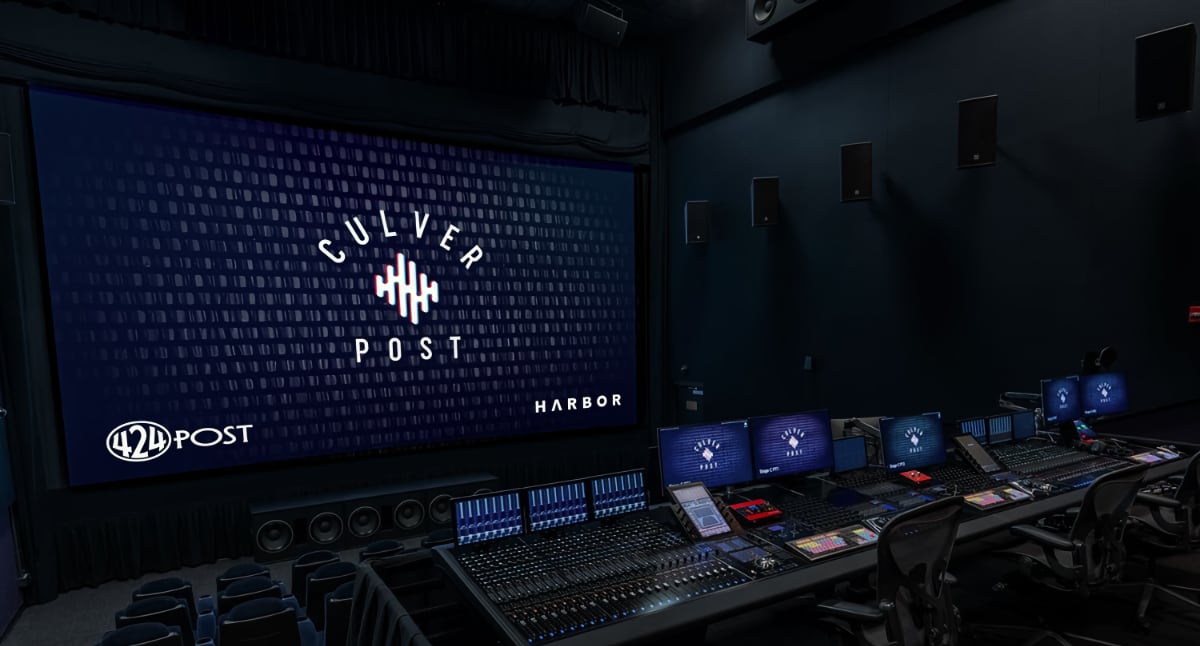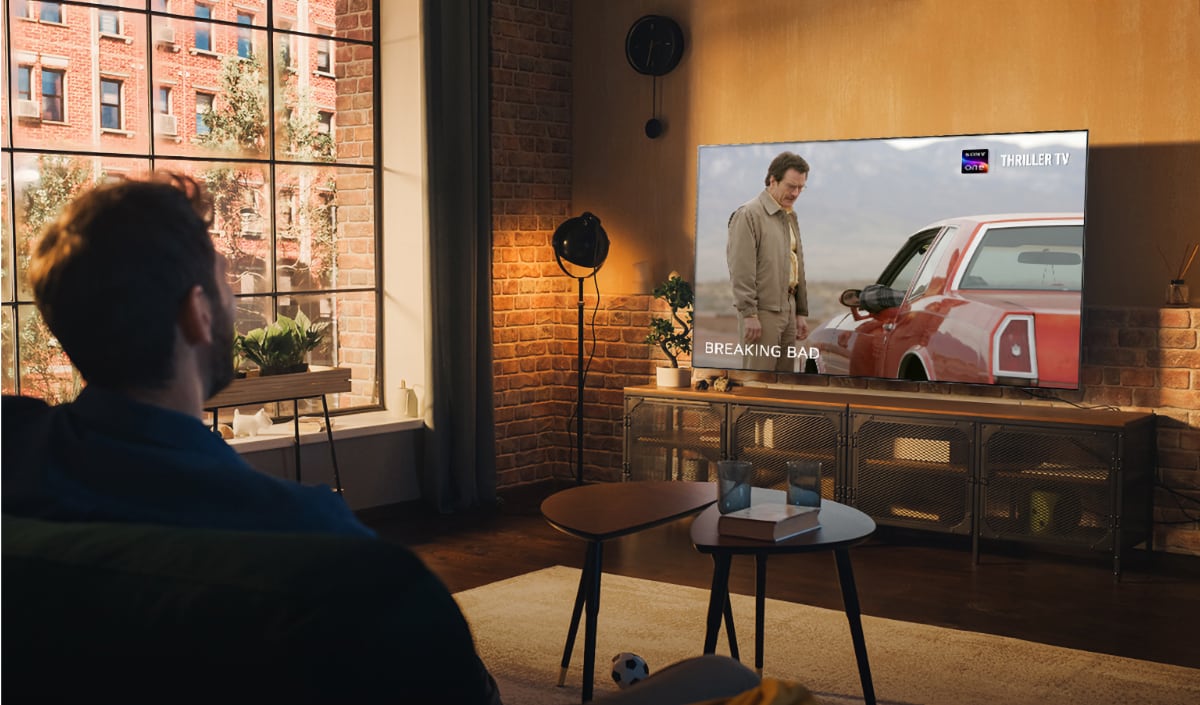With its high-resolution micro-OLED displays, Apple Vision Pro is reviving 3D movies and ushering in the era of High Frame Rate movies. Reviewers are raving. Is it the future of home cinema?
Even if you have no plans to buy Apple's very expensive headset, which starts at $3500, it is hard to ignore that it is kind of a big deal for home entertainment.
Disney has announced a multi-year deal to bring High Frame Rate movies, including Avatar: The Way of the Water, to homes for the first time, exclusively on Apple Vision Pro at launch, and the Apple TV app on Vision Pro already offers more than 200 3D movies.
Also see: 3D movie database
You can watch movies on a gigantic virtual cinema screen, in virtual environments from some of your favorite movies, or even fully immerse yourself in immersive content shot in 8K.
The first reviews are in
The headset launched in the US on February 2, and here are some excerpts from the initial reviews by the select few Apple picked to test it:
John Gruber, Daring Fireball:
Vision Pro is simply a phenomenal way to watch movies, and 3D immersive experiences are astonishing. There are 3D immersive experiences in Vision Pro that are more compelling than Disney World attractions that people wait in line for hours to see.
...
What’s amazing about watching movies in these two apps is that the virtual movie screens look immense, as though you’re really in a movie theater, all by yourself, looking at a 100-foot screen. Apple’s presentation in the TV app is particularly good, giving you options to simulate perspectives from the front, middle, or back of the theater, as well as from either the floor or balcony levels. The “Holy shit, this screen looks absolutely immense” effect is particularly good in Apple’s TV app. Somehow these postage-stamp-size displays inside Vision Pro are capable of convincing your brain that you’re sitting in the best seat in the house in front of a huge movie theater screen.
...
I have never been a fan of 3D movies in actual movie theaters, but in Vision Pro the depth feels natural, not distracting, and you don’t suffer any loss of brightness from wearing what are effectively sunglasses.
...
The speakers, on the other hand, are simply amazing. I’ve never experienced anything quite like them. I expected that they’d sound fine, but not as good as AirPods Pro or Max. Instead, I find they sound far better than any headphones I’ve ever worn. That’s because they’re actually speakers, optimally positioned in front of your ears. There’s always a catch, and the catch with Vision Pro’s speakers is that they’re not private at all. Someone sitting next to you can hear what you hear; someone near you can hear most of what you hear.

Apple Vision Pro puts you inside a large virtual cinema – at home. Photo: Apple
Nilay Patel, The Verge:
Watching movies on the Vision Pro is a ton of fun, especially in the Apple TV app’s immersive movie theater that lets you pick where you want to sit. It’s also very cool to watch a movie in one of Apple’s virtual environments like Mount Hood and see the colors from the screen reflect onto the landscape or look around one of the Disney Plus environments like Avengers Tower. And movies themselves look great — the incredible quality of the Vision Pro’s displays is really obvious when you’re watching something. I watched far more of Top Gun: Maverick than I intended to just because it looked so good blown up to drive-in movie size, floating over a mountain.
Since the Vision Pro sends separate images to each eye, it can do true 3D movies — and Apple and its partners like Disney have already released quite a few. If you have a large Apple movie library, you get the 3D versions for free — you just choose 2D or 3D playback when you hit play.

It can also place you in an 'environment' with a gigantic virtual screen in front of you. Photo: Apple
Nick Bilton, Vanity Fair:I saw clips of movies that were 100 feet wide, sharper and clearer than any IMAX.
...
When I take it off, every other device feels flat and boring: My 75-inch OLED TV feels like a CRT from the ’90s; my iPhone feels like a flip phone from yesteryear, and even the real world around me feels surprisingly flat.
James Cameron, movie director:"I would say my experience was religious," the director James Cameron told me when I asked him about his first encounter with the Apple Vision Pro. "I was skeptical at first. I don't bow down before the great god of Apple, but I was really, really blown away."
You can find similar anecdotes from early adopters on various forums.

Disney+ lets you watch Star Wars in a virtual Tatooine environment. Photo: Disney
Displays leave room for improvement
Powerful statements indeed. Apple Vision Pro sounds like amazing technology for movie immersion, and there can be no doubt that it far exceeds Meta's Quest's poor LCD displays and Sony's PlayStation VR 2's lower-resolution OLEDs for movie watching.
However, it is not without its flaws.
- "The displays are excellent, but I'm already starting to see how they aren't good enough," wrote John Gruber, Daring Fireball.
There is talk about the micro-OLED displays in Apple Vision Pro achieving 5000 nits, but that is in raw form. Due to the display driving method (see below) and lenses, the actual brightness level that reaches your eyes is more likely to be in the hundreds. As you may know, the best OLED TVs today exceed 1500 nits, although it is not an apples to apples comparison due to distance and lenses.
Then there is color. Apple has confirmed that the color gamut is just 92% of DCI-P3, which is significantly lower than the color range perceived by the human eye as well as today's WOLED and, in particular, QD-OLED TVs.
Also read: Why 24fps is not enough for HDR movies
Finally, Apple Vision Pro supports refresh rates of 90Hz, 96Hz and 100Hz, typical for VR devices but still relatively low, causing motion blur due to the sample-and-hold nature of OLED. To address this, Apple employs a technique called 'strobing,' which inserts short black frames between actual picture frames to minimize persistence and improve motion clarity. While strobing can reduce motion sickness and discomfort for users, it leads to reduced brightness and potential eye strain or headaches, depending on the user's sensitivity and the refresh rate. AppleInsider delves a little deeper into the subject, highlighting that PWM, which can cause eye strain, is also used to control the brightness level.
The future of home cinema?
We expect that at least some of the display limitations will be addressed in the next iterations, but concerns regarding eye health persist. Discussions about excessive screen time are already commonplace, so how will wearing screens directly over our eyes impact long-term eye health? Perhaps it is fine, but it is something that warrants thorough examination.
Another consideration is the social aspect. Movie-watching today is a social activity; we enjoy movies with family and friends. Despite passthrough capabilities to the real world, wearing a headset is an isolating experience, particularly for the people around the user.
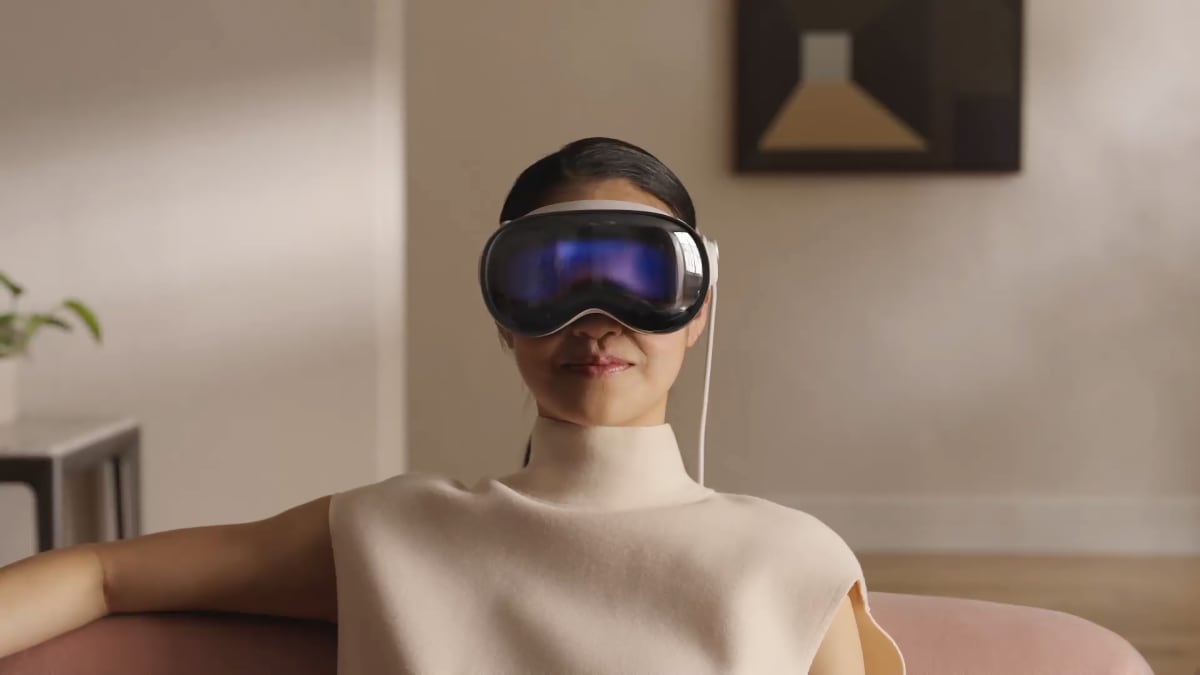
Would you want to watch movies at home like this? Photo: Apple
Obviously, technology will continue to evolve and consumer perceptions will shift over time. Perhaps in the future, households may invest in multiple headsets for shared movie experiences with digital avatars of some sort. Perhaps not.
There are scenarios where it would make sense. If you live alone, if you fly alone, or if you just want some alone time. For some, it may be as a viable alternative to a traditional home cinema setup, surpassing the capabilities of the projector. In this sense, Apple Vision Pro may not seem as prohibitively expensive.
FlatpanelsHD tested the first Oculus Rift developer kits back in 2014–2016. The technology has already come a long way. However, virtual reality technology must undergo further improvement before it can be considered mature for the mass market – augmented reality even more so. Along the way, valid concerns regarding health and social implications must be addressed.





